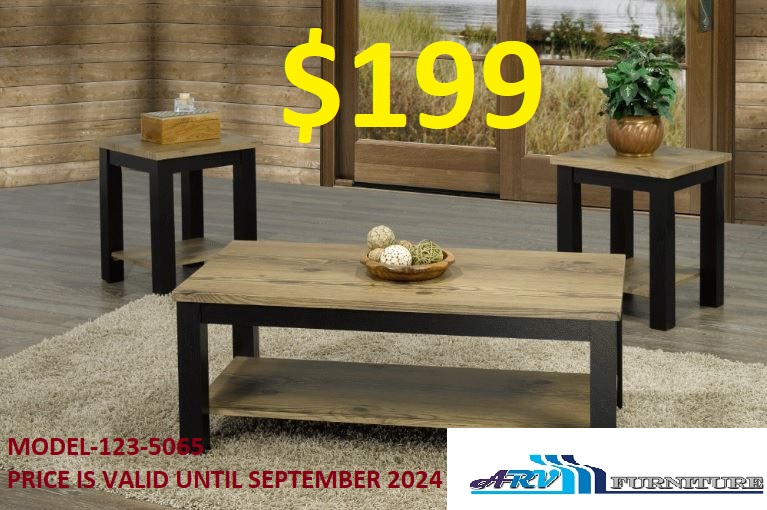
1. Clean Regularly
Dust Often: Use a soft, lint-free cloth to dust your furniture regularly. Dust can act like sandpaper and scratch the wood surface.
Use Gentle Cleaners: When cleaning, use a wood cleaner or a mixture of mild dish soap and water. Avoid harsh chemicals or abrasive cleaners.
2. Protect from Sunlight and Heat
Avoid Direct Sunlight: Position your furniture away from direct sunlight to prevent fading and warping. UV rays can damage the finish and cause uneven discoloration.
Use Coasters and Mats: Place coasters under drinks and mats under hot dishes to avoid heat damage and ring stains.
3. Manage Humidity and Temperature
Control Humidity: Wood can expand and contract with changes in humidity. In Mississauga’s climate, this can be a concern. Use a humidifier or dehumidifier to maintain a stable indoor environment.
Avoid Extreme Temperatures: Keep your furniture away from heaters, radiators, and air conditioners to prevent drying out or warping.
4. Address Spills Immediately
Blot, Don’t Rub: If a spill occurs, gently blot the area with a soft, dry cloth. Avoid rubbing, as it can push the liquid further into the wood.
Clean Properly: For sticky or oily spills, use a damp cloth and mild soap, then dry the area thoroughly.
5. Protect the Finish
Use Furniture Polish: Apply a high-quality furniture polish or wax periodically to maintain the wood’s luster and provide a protective layer.
Avoid Over-Polishing: Too much polish can build up and create a residue. Follow the manufacturer’s instructions for frequency.
6. Repair Scratches and Dents
Use Wood Repair Kits: For minor scratches, you can use a wood touch-up pen or a repair kit designed for wood furniture. Follow the instructions for best results.
Professional Help: For more significant damage, consider consulting a professional furniture repair specialist.
7. Regular Inspections
Check Joints and Fastenings: Periodically inspect the joints and fastenings to ensure they’re tight and secure. Loose screws or joints can lead to further damage.
Monitor for Signs of Wear: Look for signs of wear or damage and address them promptly to prevent more extensive repairs.
8. Seasonal Considerations
Winter Care: In colder months, indoor heating can dry out the wood. Consider using a humidifier to maintain an appropriate level of moisture.
Summer Care: In the summer, humidity levels can rise. Ensure good air circulation around your furniture to prevent mold growth or warping.